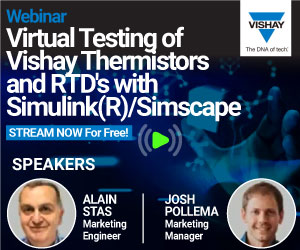If you’re into electronics, IoT, or DIY projects, you’ve probably heard about the ESP32. It’s one of the most powerful and affordable microcontrollers out there, packed with Wi-Fi, Bluetooth, multiple sensors, and tons of GPIOs—all in a tiny package. Whether you’re building a smart home device, an industrial automation system, or even a robot, the ESP32 is a game-changer.
So, what makes it so special? Let’s dive deep into the world of ESP32, exploring its features, capabilities, different variants, and why it’s such a popular choice among makers and engineers.
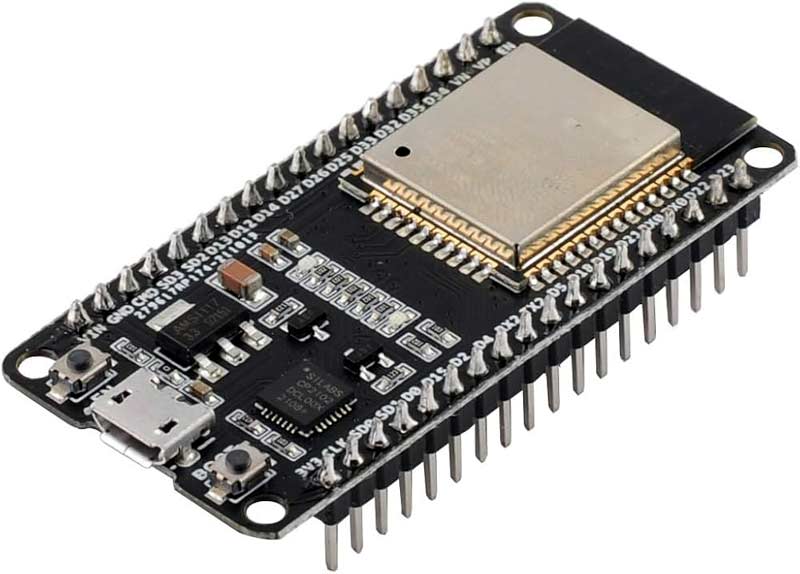
What is ESP32?
The ESP32 (Espressif32) is a system-on-chip (SoC) developed by Espressif Systems. It’s the big brother of the ESP8266, which was already a hit among hobbyists for its built-in Wi-Fi capabilities.
But the ESP32 takes things to the next level with:
- Dual-core processor (or single-core in some versions)
- Faster clock speeds (up to 240MHz)
- More memory (520KB SRAM + additional storage)
- Bluetooth support (both classic and BLE)
- More GPIOs for connecting sensors, displays, motors, and more
- Advanced security features like encryption and secure boot
Simply put, the ESP32 is powerful enough to handle real-time tasks while maintaining wireless connectivity—all at a fraction of the cost of other microcontrollers with similar capabilities.
Technical Specifications (What’s Inside the ESP32?)
Here’s a closer look at the key specs that make the ESP32 such a beast:
Processing Power
- CPU: Dual-core Tensilica Xtensa LX6 (some models use RISC-V)
- Clock Speed: Up to 240MHz
- Performance: Can deliver up to 600 DMIPS
Memory and Storage
- SRAM: 520KB
- ROM: 448KB
- External Flash: Can support up to 16MB (depending on the board)
Wireless Connectivity
- Wi-Fi: 802.11 b/g/n (Supports both AP and Station mode)
- Bluetooth: Classic + BLE 4.2 (Some newer models support Bluetooth 5.3)
GPIOs and Interfaces
- 34 General-Purpose Input/Output (GPIO) pins
- 12-bit Analog-to-Digital Converter (ADC) (up to 18 channels)
- Digital-to-Analog Converter (DAC) (2 channels)
- I²C, I²S, SPI, UART, PWM, SD/MMC, and more
- Capacitive touch sensors (great for touch-based interfaces)
- Hall sensor & temperature sensor built-in
Power Management
- Supports deep sleep mode with ultra-low power consumption (~10μA)
- Can run on batteries (ideal for IoT applications)
Security Features
- Secure boot & Flash encryption
- Cryptographic hardware acceleration (AES, RSA, SHA, etc.)
With all this packed inside, the ESP32 is basically a mini-computer that fits in the palm of your hand!
ESP32 Pinout
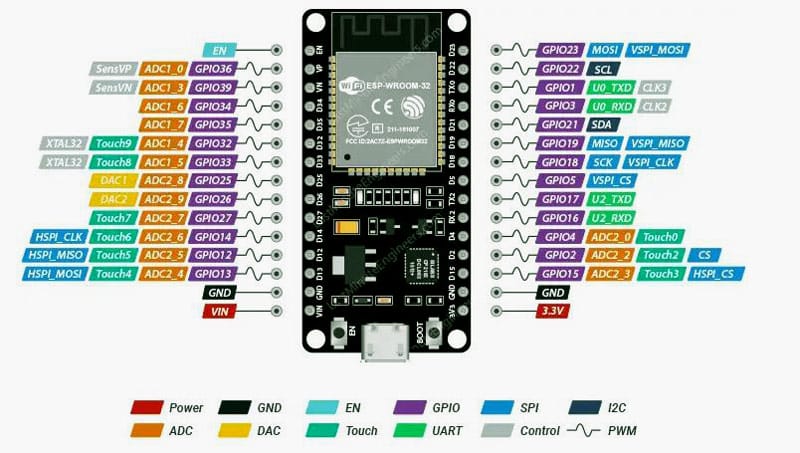
ESP32 Variants (Which One Should You Get?)
Espressif has released multiple versions of the ESP32, each designed for different needs. Let’s break down the key variants:
1. ESP32 (Original Version)
🔹 The standard version, featuring a dual-core processor, Wi-Fi, and Bluetooth.
🔹 Most common and widely supported in the community.
🔹 Perfect for IoT projects, automation, and general-purpose applications.
2. ESP32-S2

🔹 Single-core processor, no Bluetooth.
🔹 Adds USB OTG support, making it great for USB-based devices.
🔹 Lower power consumption than the original ESP32.
3. ESP32-S3
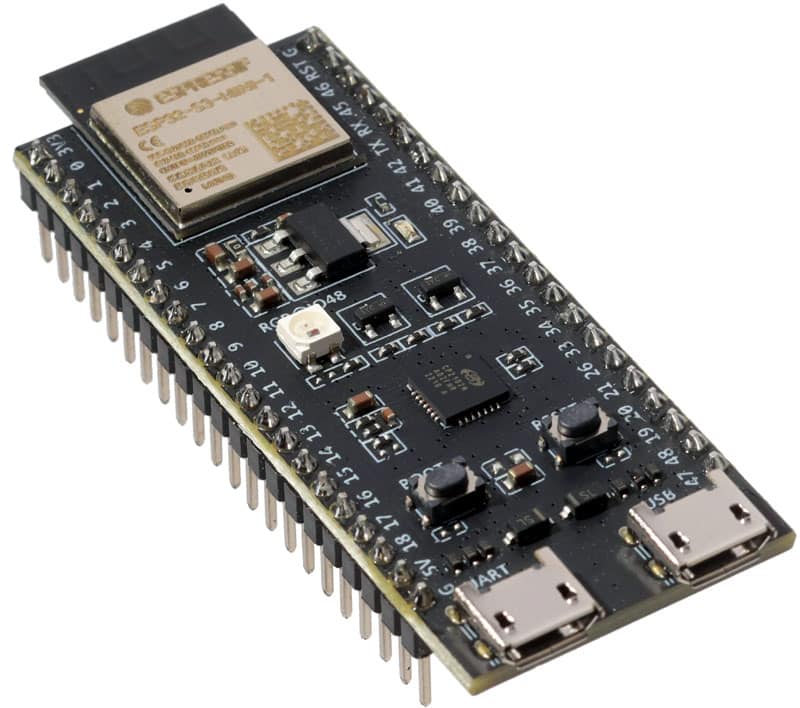
🔹 Similar to ESP32-S2 but brings back Bluetooth and improves performance.
🔹 Features better AI/ML support, making it ideal for computer vision and AI-driven projects.
4. ESP32-C3
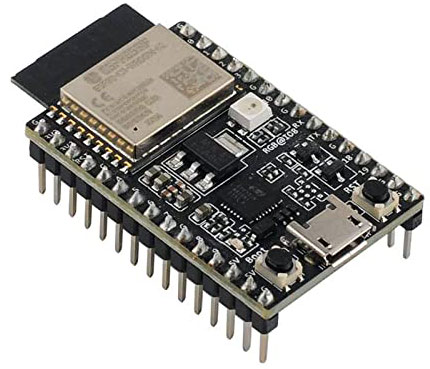
🔹 Uses RISC-V instead of Xtensa, making it open-source friendly.
🔹 Has Wi-Fi + Bluetooth 5 (LE) but only a single-core processor.
🔹 Perfect replacement for ESP8266-based projects due to pin compatibility.
5. ESP32-C6
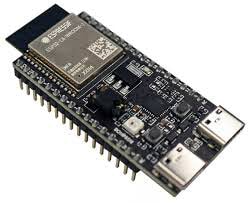
🔹 Supports Wi-Fi 6 (better efficiency and range).
🔹 Bluetooth 5.3 (improved connectivity).
🔹 Ideal for next-gen IoT applications.
6. ESP32-H2
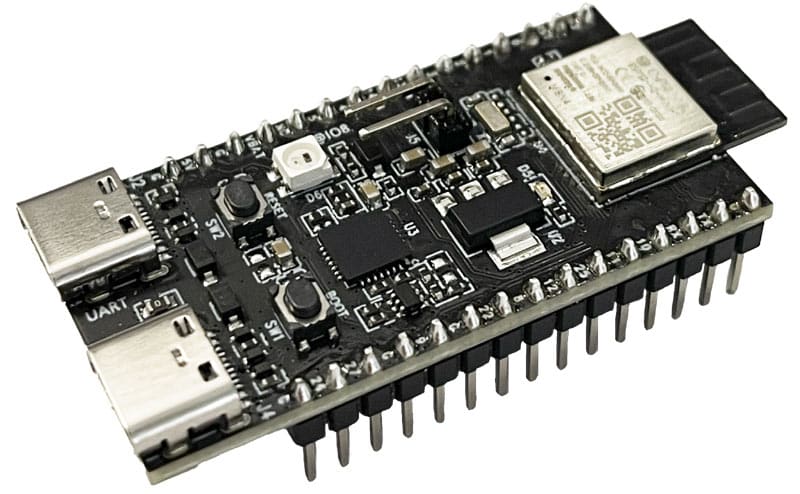
🔹 No Wi-Fi, but supports Zigbee, Thread, and Bluetooth 5.3.
🔹 Designed for low-power IoT networks like smart homes and industrial monitoring.
Why is ESP32 So Popular?
There are a few key reasons why makers, engineers, and companies love using the ESP32:
- Affordable – Costs just a few dollars, making it one of the cheapest Wi-Fi/Bluetooth-enabled microcontrollers.
- Feature-packed – It can handle real-time processing, wireless communication, and even AI tasks!
- Low power consumption – Great for battery-powered applications.
- Massive community support – Tons of libraries, tutorials, and examples available.
- Works with Arduino, MicroPython, ESP-IDF, and more – You can program it however you like!
What Can You Build with an ESP32?
The possibilities are endless, but here are some popular projects:
Smart Home Devices – Control lights, fans, or security cameras with your phone.
IoT Sensor Networks – Gather temperature, humidity, air quality, or motion data.
Robotics & Drones – Use it as the brain of an autonomous robot.
Wearables & Health Monitors – Heart rate sensors, step counters, etc.
Smart Agriculture – Monitor soil moisture and automate irrigation.
Portable Audio Players – Build an MP3 player with Bluetooth streaming.
Industrial Automation – Create real-time monitoring systems for factories.
Recommended: Explore the extensive collection of ESP32 projects
How to Get Started with ESP32?
If you’re ready to start building, here’s what you’ll need:
- An ESP32 development board (such as the ESP32-WROOM-32 or ESP32-DevKit V1)
- USB cable (for programming)
- A computer with Arduino IDE or ESP-IDF installed
- Sensors, motors, or other peripherals (optional)
Programming the ESP32
The ESP32 supports multiple programming environments, including:
- Arduino IDE – Easiest way to get started with a huge library ecosystem.
- MicroPython – If you prefer Python for rapid prototyping.
- ESP-IDF (Espressif IoT Development Framework) – The official SDK for professional development.
- PlatformIO – A powerful alternative to the Arduino IDE with better debugging.
Is ESP32 better than Arduino?
It depends on what you need!
ESP32 is better than Arduino if you need Wi-Fi, Bluetooth, higher processing power, and more memory. Thanks to its dual-core processor, it also supports multitasking.
Arduino (like the Uno) is better for simple projects, low-power applications, and real-time control due to its simpler architecture and wide compatibility with shields and libraries.
If you’re building an IoT project, robotics, or automation system, the ESP32 is the better choice. But an Arduino may be easier to use for basic electronics, sensors, and real-time tasks.
Check the collection of Tested DIY Arduino Projects
Is ESP32 better than Raspberry Pi?
Not exactly—they serve different purposes.
ESP32 is better for IoT projects, low-power applications, real-time control, and embedded systems. It’s also much cheaper, uses less power, and is ideal for battery-powered projects.
Raspberry Pi is better for applications that require an actual operating system (like Linux), such as media centers, AI processing, web servers, and desktop-like applications. It’s a mini-computer, while ESP32 is a microcontroller.
So, if you need Wi-Fi-based sensors, smart home devices, or low-power automation, go for ESP32. But if you need video processing, AI, or a full OS, Raspberry Pi is the way to go.
Check the collection of tested DIY Raspberry Pi Projects
Is ESP32 a Microcontroller or Microprocessor?
The ESP32 is a microcontroller (MCU), not a microprocessor (MPU).
Microcontrollers (like ESP32) have a CPU, RAM, storage, and peripherals integrated into a single chip. They’re designed for embedded systems, real-time control, and low-power applications.
Microprocessors (like those in a Raspberry Pi or PC) require external RAM, storage, and peripherals. They’re designed for computing tasks, running operating systems, and handling more complex applications.
So, the ESP32 is a powerful microcontroller but not a full-fledged microprocessor.
If you are confused, check the difference between Microcontroller and Microprocessor
Final Thoughts
The ESP32 is one of the most versatile and cost-effective microcontrollers available today. Whether you’re a beginner or an experienced developer, its powerful features, low cost, and excellent community support make it a must-have for any electronics project.







